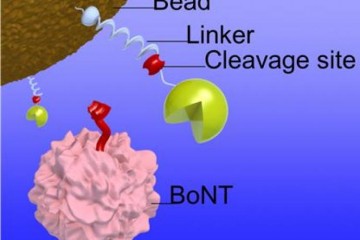CRACK IT Solution
Portable bioluminescence test for botulinum neurotoxin

At a glance
Completed
Award date
January 2016 - July 2017
Contract amount
£24,604
Contractor(s)
R
- Replacement
